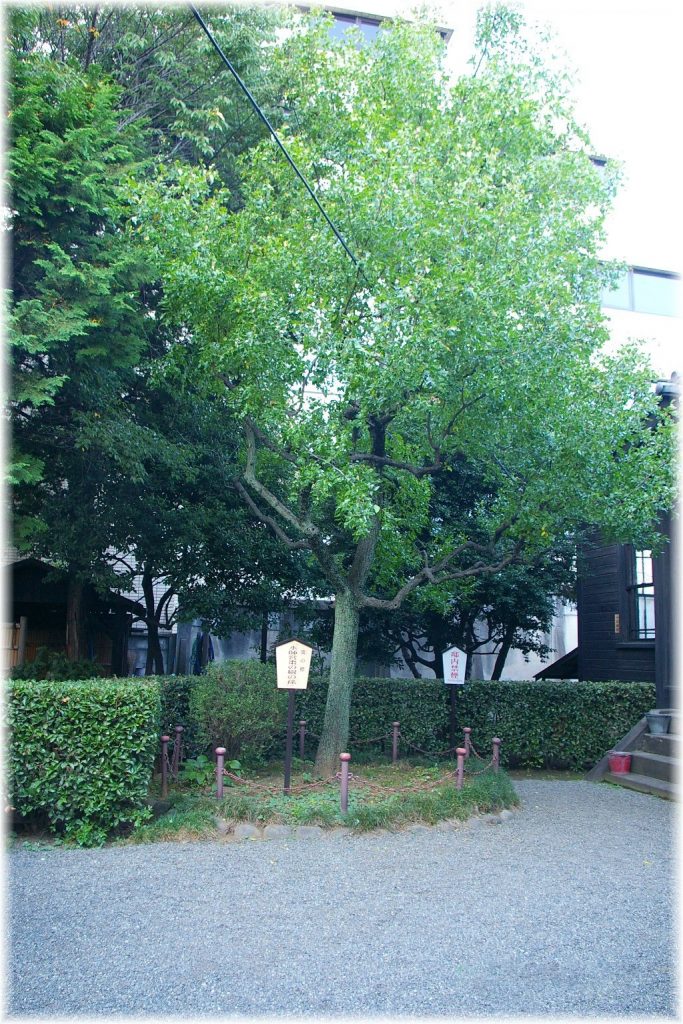 Sour date is an adaptogenic herb scientifically known as Ziziphus jujuba and belonging to the Rhamnaceae family. Sour dates produce a fruit called a drupe, which can be dried and used for its medicinal properties. Other parts of the plant may also possess medicinal properties including the stem, bark and leaves. These medicinal properties attributed to sour date include anti-inflammatory, antioxidant, sedative, anxiolytic, cognitive enhancing and anti-stress effects. The herb is said to be an adaptogenic herb as it is able to normalise physiological function during times of homeostatic imbalance such as during the application of stressful conditions such as exercise. The medicinal properties of sour date come from the phytochemicals it contains. In this regard a number of classes of phytochemicals are present including alkaloids, flavonoids, terpenoids, saponins and phenolic compounds. As these compounds are likely responsible for the medicinal effects of the plant, they are worthy of further investigation.
Sour date is an adaptogenic herb scientifically known as Ziziphus jujuba and belonging to the Rhamnaceae family. Sour dates produce a fruit called a drupe, which can be dried and used for its medicinal properties. Other parts of the plant may also possess medicinal properties including the stem, bark and leaves. These medicinal properties attributed to sour date include anti-inflammatory, antioxidant, sedative, anxiolytic, cognitive enhancing and anti-stress effects. The herb is said to be an adaptogenic herb as it is able to normalise physiological function during times of homeostatic imbalance such as during the application of stressful conditions such as exercise. The medicinal properties of sour date come from the phytochemicals it contains. In this regard a number of classes of phytochemicals are present including alkaloids, flavonoids, terpenoids, saponins and phenolic compounds. As these compounds are likely responsible for the medicinal effects of the plant, they are worthy of further investigation.
One of the most important phytochemical groups present in sour dates are the alkaloids. A number of alkaloids are present in sour dates and these are distributed throughout the plant. Mauritine-A, mucronine-D, amphibine-H, nummularine-A and nummularine-B , sativanine-A and sativanine-B, frangulanine, nummularine-B and mucronine are present in the bark of sour date. In contrast, coclaurine, isoboldine, norisoboldine, asimilobine, iusiphine and iusirine are present in the leaves. Sour date seeds have been shown to contain the alkaloids sanjoinenine, franguloine and amphibine-D and four peptide alkaloids; sanjoinine-B, sanjoinine-D, sanjoinine-F and sanjoinine-G2. The stem of sour date has been shown to contain cyclopeptide alkaloids including mauritine-A; amphibine-H; jubanine-A; jubanine-B; mucronine-D and nummularine-B. The alkaloids in sour date have been shown to produce sedative and anxiolytic effects in animals, and may be responsible for the mood enhancing effects of the herb.

Sour date (Ziziphus jujuba) is a medicinal plant that contains a number of important phytochemical groups. These phytochemicals may confer the medicinal properties of the herb. The main groups of health promoting phytochemicals in the herb include saponins, terpenoids, flavonoids, phenolic acids and alkaloids. Some of these phytochemicals particularly the flavonoids and alkaloids may explain the mood enhancing effects of the herb. The saponins may explain the anti-stress and adaptogenic effects of the herb. Image is a sour date tree. Image from: Tokyo Watcher at the English language Wikipedia [GFDL (http://www.gnu.org/ copyleft/fdl.html) or CC-BY-SA-3.0 (http://creativecommons.org/ licenses/by-sa/3.0/)], via Wikimedia Commons.
Another major group of phytochemicals in sour date are the flavonoids. The flavonoids tend to be concentrated in the fruit and seeds of sour date and include puerarin, zivulgarin, apigenin, isospinosin, quercetin and kaempferol. The flavonoids are present in their glycoside forms, meaning that they are bonded to various sugars. The flavonoids apigenin, quercetin and kaempferol are of interest as animal studies show that they are able to bind to the benzodiazepine receptor in the brain of mice and rats and confer sedative and anxiolytic effects to the animals. The flavonoids in sour date could therefore contribute, with alkaloids, to the sedative and anxiolytic effects of the herb. Flavonoids belong to the polyphenol group of phytochemicals, but other polyphenols are also present including phenolic acids. Phenolic acids have antioxidant, anti-inflammatory and antibacterial effects similar to flavonoids. The flavonoids and phenolic acids in sour date may therefore confer general health effects relating to these effects.
Another important group of phytochemicals in sour dates are the terpenoids. A number of terpenoids are present in sour date and these include, alphitolic acid, 3-ocis-p-coumaroyl alphitolic acid, colubrinic acid, oleanolic acid 3-O-transpcoumaroyl alphitolic acid, 3-O-cis-p-coumaroyl maslinic acid, 3-O-trans-pcoumaroyl maslinic acid, oleanonic acid, zizyberenalic acid and betulinic acid. Terpenoids have general antioxidant and anti-inflammatory effects. The phenolic acid betulinic acid is distributed throughout sour date plants and is a major phytochemical. Sour date also contains a number of saponins called jujubosides and these include jujuboside A and jujuboside B. These may act in a similar way to the ginsenosides in Panax ginseng, and may confer the adaptogenic properties of the plant. A number of fatty acids including lauric acid, myristic acid, palmitic acid, palmitoleic acid, stearic acid, oleic acid, linoleic acid, arachidic acid and docosanoic acid are also present in sour date.
Eat Well, Stay Healthy, Protect Yourself
RdB
